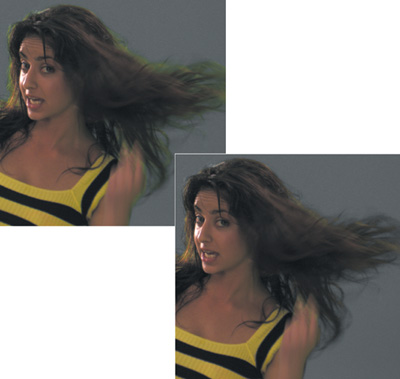Chapter 6. Color Keying

Slow down, I’m in a hurry. | ||
| --Franz Mairinger (Austrian Equestrian) | ||
Color keying was devised in the 1950s as a clever means to combine live-action foreground footage and backgrounds that could come from virtually anywhere. What was once a fragile and expensive proposition is now fully mainstream; whole films such as 300, now rely on this technique, while the Colbert Report invites anyone with a computer to try the “Green Screen Challenge” (and runs entries from none less than John Knoll).
The process goes by many names: color keying, blue screening, green screening, pulling a matte, color differencing, and even chroma keying—a ...
Get Adobe After Effects CS4 Visual Effects and Compositing Studio Techniques now with the O’Reilly learning platform.
O’Reilly members experience books, live events, courses curated by job role, and more from O’Reilly and nearly 200 top publishers.

